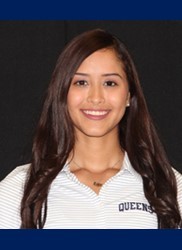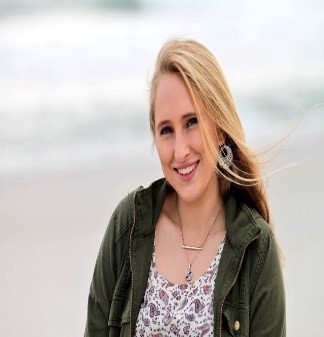Below is a summary of the abstract you submitted. Presenting author(s) is shown in bold.
If any changes need to be made, you can modify the abstract or change the authors.
You can also download a .docx version of this abstract.
If there are any problems, please email Dan at dar78@pitt.edu and he'll take care of them!
This abstract was last modified on May 4, 2018 at 11:31 a.m..

During Queens’ second year in the SEA-PHAGES program, the discovery of two bacteriophages were made: “Burwell21” and “Nivrat.” These phages were propagated in Mycobacterium smegmatis mc^2155 then isolated and characterized by students in the biology department. Using enriched isolation, both “Burwell21” and “Nivrat” were isolated from two different soil sample at Queens University of Charlotte. Bacteriophage “Burwell21” was extracted from a soil sample outside of Burwell Hall and bacteriophage “Nivrat” was extracted from a soil sample behind Wireman Building. The plaques from both phages appeared small and cloudy. Transmission Electron Microscopy revealed that “Burwell21” and “Nivrat” were both a part of the siphoviridae morphotype. After the isolation of the two bacteriophages, both “Burwell21” and “Nivrat” were sent to the Pittsburgh Bacteriophage Institute for further analysis and DNA sequencing. Both are a part of the F cluster and the F1 subcluster. By using the shock sequencing method of Illumina Sequencing, it was found that “Burwell21” contained 58,098 base pairs and a 61.5% Guanine-Cytosine (GC) content while “Nivrat” contained 58,009 base pairs and a 61.5% Guanine-Cytosine (GC) content. Annotations were conducted using a bioinformatics program, DNAMaster and 104 genes were predicted for both genomes.


